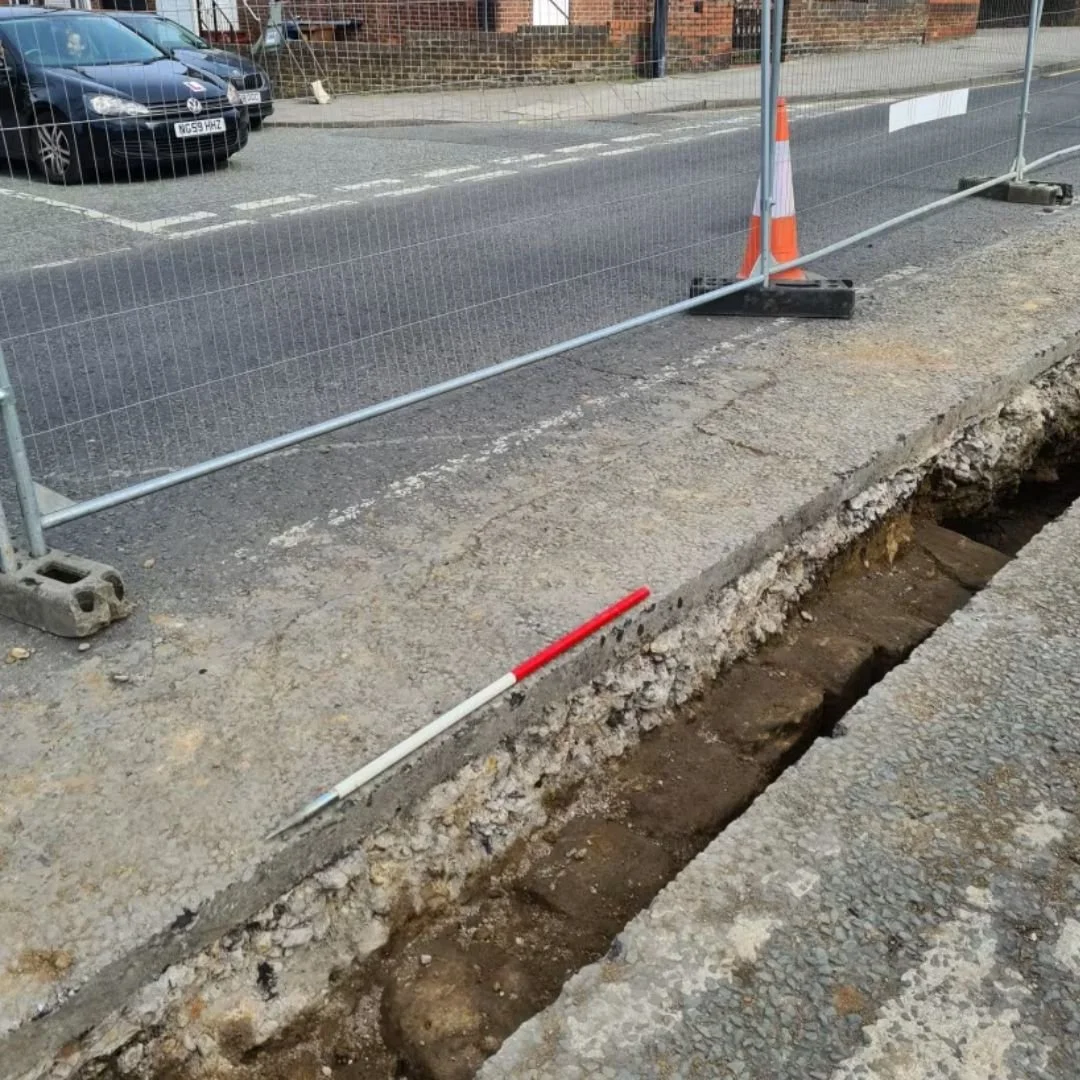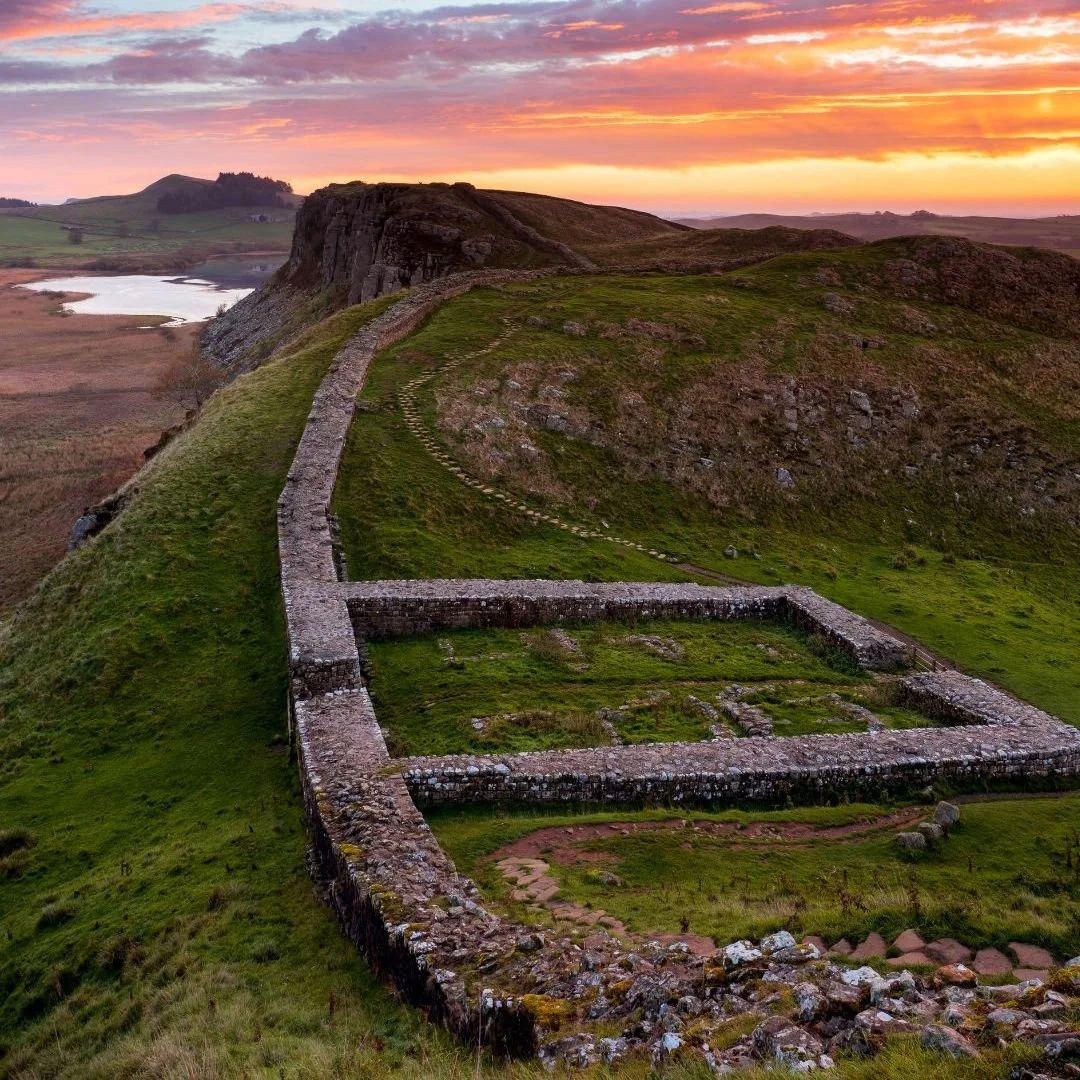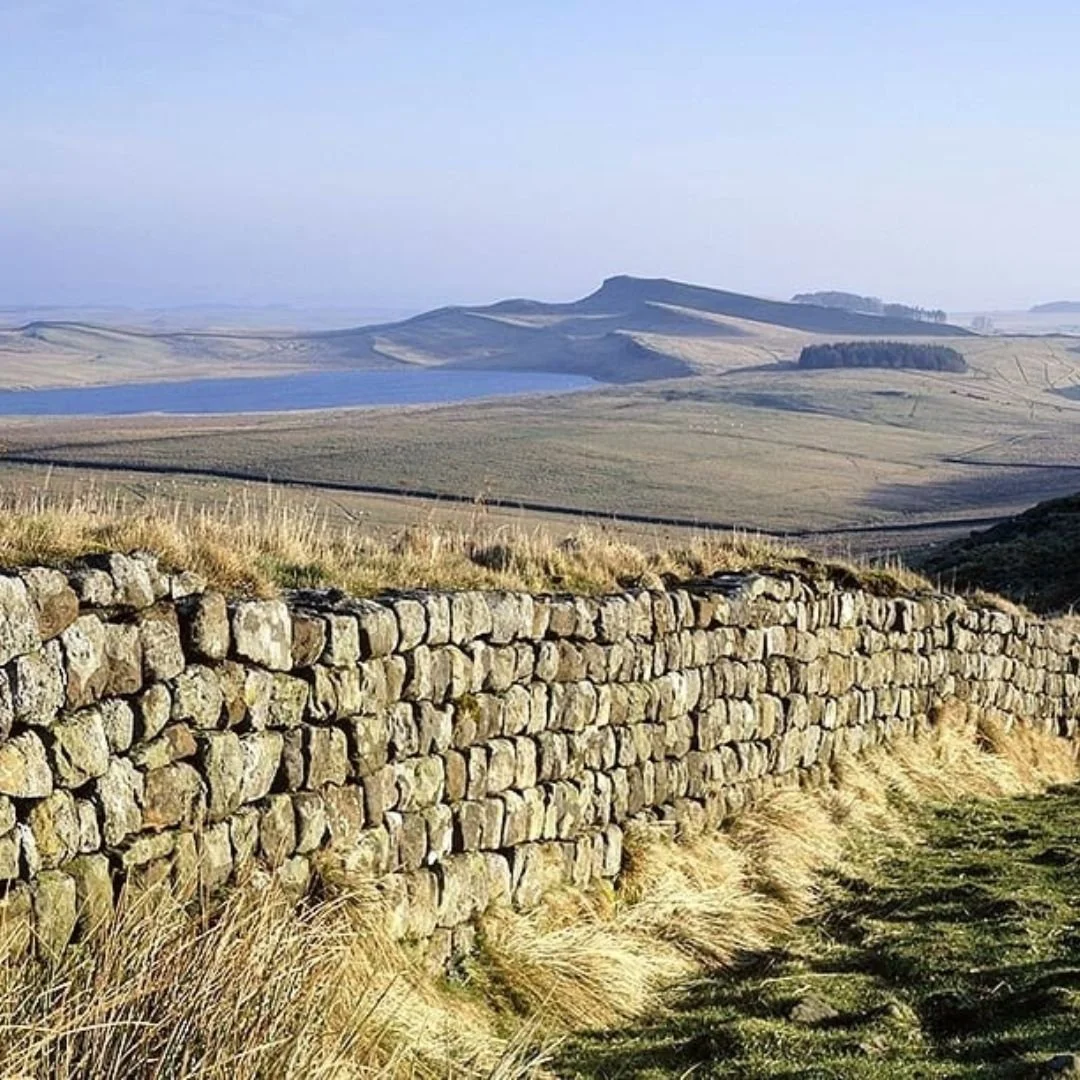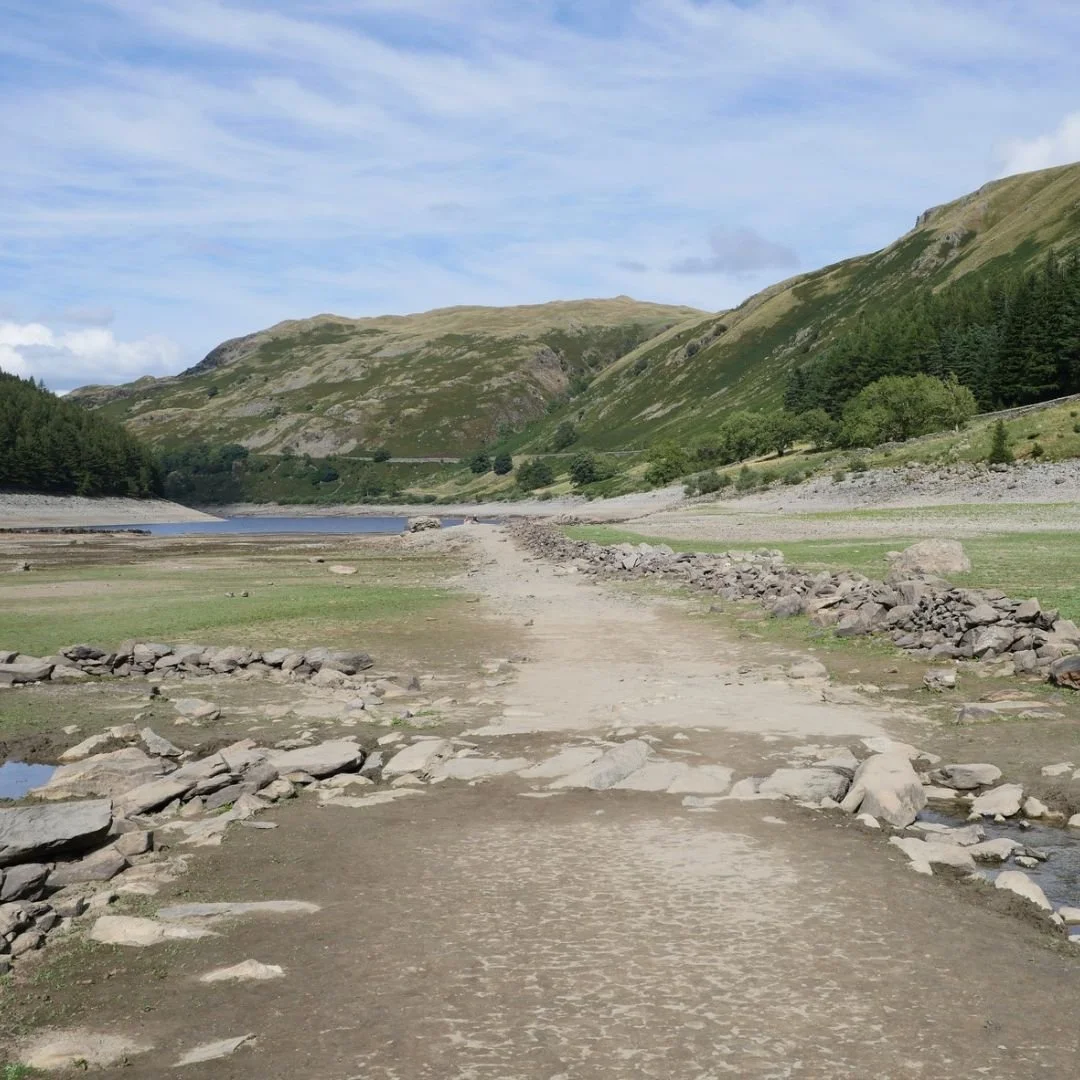Section Of Hadrian’s Wall Discovered Near Newcastle
A section of Hadrian’s Wall was discovered in a busy urban area near Newcastle after works on a water main were taking place.
The remarkable 1,900-year-old discovery was made after workers from Northumbrian Water were carrying out a mains replacement in the area of West Road, just outside the city centre of Newcastle.
During the routine works, a team from the water company revealed a section of the famous Hadrian’s Wall about three metres long.
It was located under the ground surface level, just east of the Two Ball Lonnen roundabout.
It is believed that the newly-discovered section of the wall is from one of the earliest phases of the historical landmark.
This assumption was made because it was constructed using such large blocks of stone, whereas later phases used much smaller pieces of stone.
Northumbrian Water were carrying out part of a £5m project in order to improve tap water quality to around half a million customers across Tyneside when the discovery was made.
Graeme Ridley, Project Manager from Northumbrian Water, said: “It is amazing that we have been able to make this brilliant discovery.
”We are glad to be working with Archaeological Research Services to make sure that it is properly protected going forwards.
“This is an incredibly special part of North East heritage and we are honoured to be a part of it.
“We have completed work in the area and this vital work has been carried out in order to futureproof our water supplies and ensure that our customers continue to receive excellent and high-quality tap water.”
Philippa Hunter from, Archaeological Research Services, was part of the team investigating the historic remains.
She added: ““Despite the route of Hadrian’s Wall being fairly well documented in this area of the city, it is always exciting when we encounter the wall’s remains and have the opportunity to learn more about this internationally significant site.
“This is particularly true in this instance where we believe that we uncovered part of the wall’s earliest phase. It is always a pleasure working closely with Northumbrian Water who take the preservation of archaeological remains such as these very seriously.”
Northumbrian Water confirmed that the pipe-route of the water main could be angled to leave a buffer around the excavated trench.
Hadrian's Wall itself is a historical monument located in northern England.
It was built by the Roman Empire, commissioned by Emperor Hadrian in AD 122, to mark the northwest frontier of the Roman Empire and to keep out invading tribes from what is now Scotland.
The wall stretches approximately 73 miles across the narrowest part of Great Britain, from the banks of the River Tyne near the North Sea in the east to the Solway Firth on the Irish Sea in the west.
It was constructed primarily of stone and turf and was fortified with forts, milecastles, and turrets along its length.
The purpose of Hadrian's Wall was primarily defensive, serving to control movement across the frontier and to regulate trade and immigration.
It also acted as a symbol of Roman power and authority in the region.
Hadrian’s Wall was built by the army of Britain, as many inscriptions demonstrate.
The three legions of regular, trained troops in Britain, each consisting of about 5,000 heavily armed infantrymen, provided the main body of men building the Wall, but they were assisted by the auxiliary units – the other main branch of the provincial army – and even the British fleet.
The complex building programme took many years to complete. It is possible that it started before Hadrian’s arrival in Britain in AD 122 and that the major change in plan was a result of his intervention.
Although mainly built by legionaries, the Wall was manned by auxiliaries.
They were organised into regiments nominally either 500 or 1,000 strong and either infantry or cavalry or both.
The 500-strong mixed infantry and cavalry unit was the workhorse of the frontier. Each fort on the Wall appears to have been built to hold a single auxiliary unit.
The troops based in the forts and milecastles of the Wall were mostly recruited from the north-western provinces of the Roman empire, though some were from further afield.
Army units tend to be accompanied by camp followers. Little is known about these people in the early years of the Wall; it would appear that they were not allowed to settle in the zone between the Wall and the Vallum.
Excavation has demonstrated the existence of civil settlements in the 3rd century and geophysical survey has recorded the urban sprawl spreading well beyond the forts.
These remains are undated, however.
In the years that followed, Hadrian’s Wall became a quarry for the stone to build castles and churches, farms and houses along its line, until the conservation movement in the 18th and 19th centuries put a stop to that.
It was only from the mid 19th century onwards that early archaeologists and historians such as John Clayton began to study Hadrian’s Wall in earnest and sought to protect its still magnificent remains.
Today, Hadrian's Wall is a UNESCO World Heritage Site and a popular tourist destination, attracting visitors from around the world who come to explore its remains, walk along its path, and learn about its history.
If you enjoyed this blog post, please follow Exploring GB on Facebook for daily travel content and inspiration.
Don’t forget to check out our latest blog post below!
Thank you for visiting Exploring GB.























